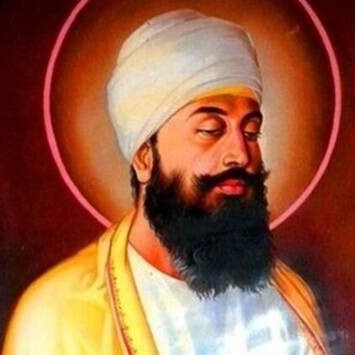Free Courses Sale ends Soon, Get It Now


Free Courses Sale ends Soon, Get It Now



Disclaimer: Copyright infringement not intended.
Context: The Parkash Purab of Sri Guru Tegh Bahadur, the ninth guru of the Sikhs, was celebrated on April 11. Prime Minister Narendra Modi tweeted his tribute to Guru Tegh Bahadur.
About Guru Tegh Bahadur
Early life
Selection as the Sikh Guru
The times of Guru Tegh Bahadur
The martyrdom
Ten sikh gurus
|
PRACTICE QUESTION Q) Discuss in brief the essence of the teachings of the ten sikh gurus and their relevance in present times. (250 words) |
© 2024 iasgyan. All right reserved